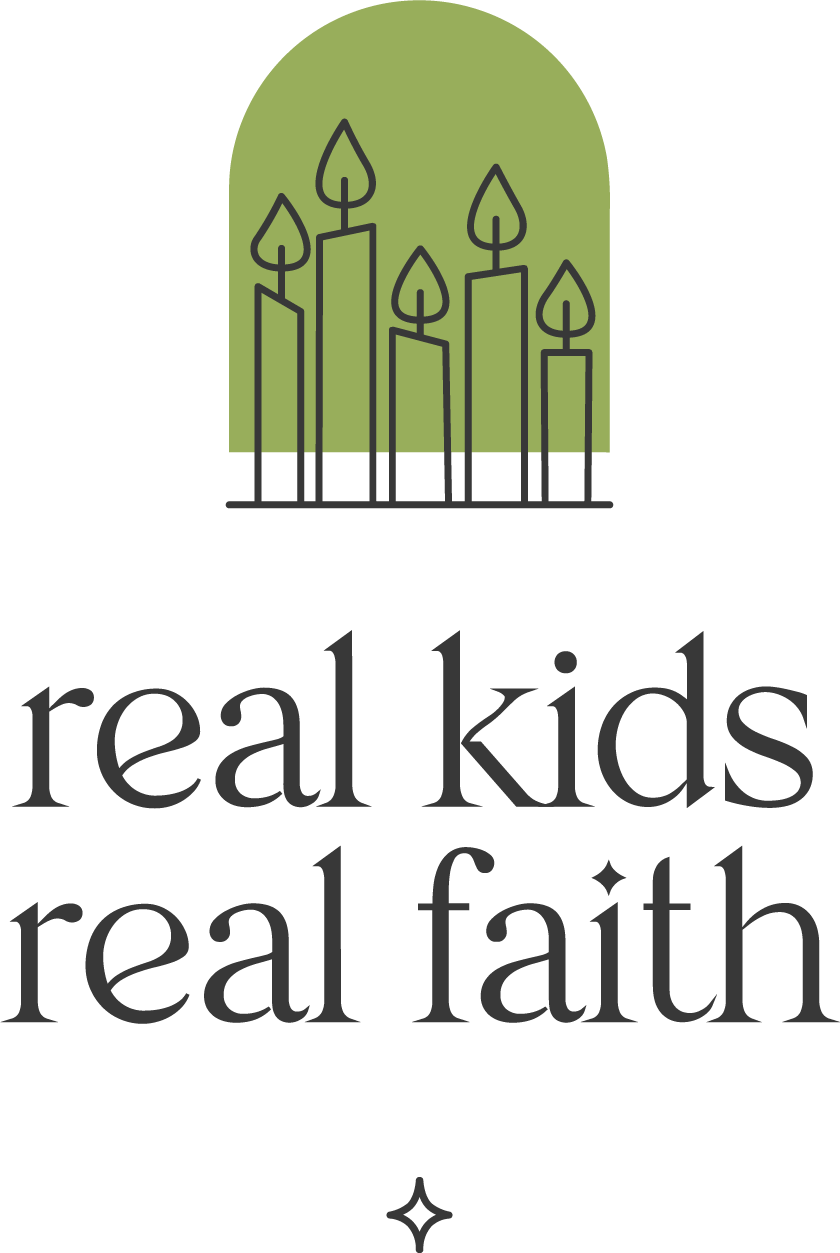My son’s favorite plant in our garden is chocolate mint. He says it smells like a Girl Scout cookie. One of my daughters is a big fan of rosemary; she loves to use it when we cook together. The other daughter adores lavender, especially when it is covered in purple blooms.
Herb gardens can be very attractive to children because they appeal to the senses and offer opportunities to use plants in everyday activities. Strong smells can trigger emotional responses and even prompt memories of past experiences. Tastes can remind kids of other mealtime experiences. Even the visual cues of colorful leaves or blooms can bring the past to mind.
Exploring the connection between their senses and their feelings can help kids develop resources for emotional regulation and spiritual wellbeing. Follow these tips for planting and exploring your own herb garden at home or in a group setting.
Select strong-smelling herbs. Since children may not be accustomed to noticing how smells affect them, pick 4-6 herbs that have obvious and distinctively different smells. Some good choices could be rosemary, dill, sage, mint, lemon balm, chamomile, and lavender. If you can, invite children to accompany you to a garden center to pick out plants. Use your noses to sniff out interesting possibilities. [Note: show children how to gently rub a leaf between their fingers and then smell their hand if they have trouble smelling the plant directly.]
Choose herbs with different uses. Pick some that might be used to season foods, others that can go in teas or other drinks, and a 1-2 that are typically used in aromatherapy. Herbs that have multiple uses, like sage (seasoning and purifying), lavender (drinks and sachets), and mint (seasoning, drinks, and air freshening) are great choices if you only have room for a small container garden.
Identify emotions associated with the herbs. Encourage children to smell each herb and notice how they feel as they do so. Say: Breathe in deeply and hold the smell in your nose. How does it feel to smell this herb? Invite kids to write their feeling on a popsicle stick and ‘plant’ the stick next to that herb. If they like, they can also decorate the stick, using colors and designs that represent their feeling.
Explore how herbs evoke memories. Take turns smelling a herb and then ask: Sometimes smells remind of things from our past. Do you remember smelling something like this before? If so, what does this smell remind you of? Share your memories with one another, affirming both the positive and negative feelings that children recall.
Use herbs to promote wellbeing. Invite children to pick a herb that evokes positive emotions for them. Help them identify a way to use that herb when they might to access those feelings. For example, you might show them how to make tea from chamomile leaves, crush mint leaves and add them to fizzy water, or rub lemon balm leaves along their arms. You could encourage them to enjoy the aroma of their favorite cooking herbs whenever they’re on the menu. You could also dry the leaves (or purchase already dried versions) and fill sachets (small pouches) that they can carry with them and sniff, or make scented soaps or candles.
Related Resources
- Planting a Social-Emotional Herb Garden | Edutopia
- Here's Why Smells Trigger Such Vivid Memories | Discovery
- 5 Ideas for Making DIY Scented Sachets at Home | WePack
- How to Make Soap for Kids | Crafts for Kids | PBS KIDS for Parents
- Simple DIY Homemade Candles for Beginners - Live Simply
- Mindful Nature Walks | RKRF
- Creating a Calming Corner | RKRF

Comments